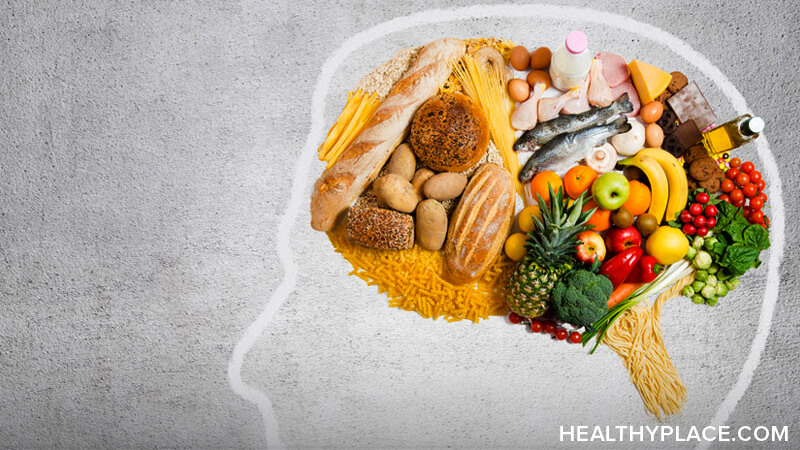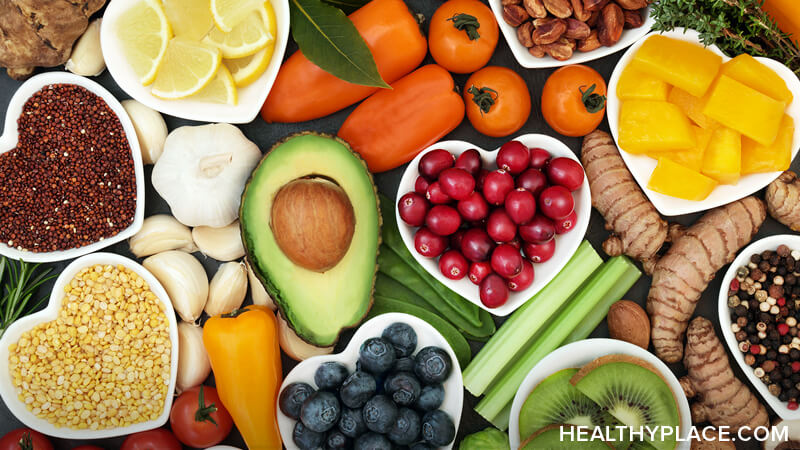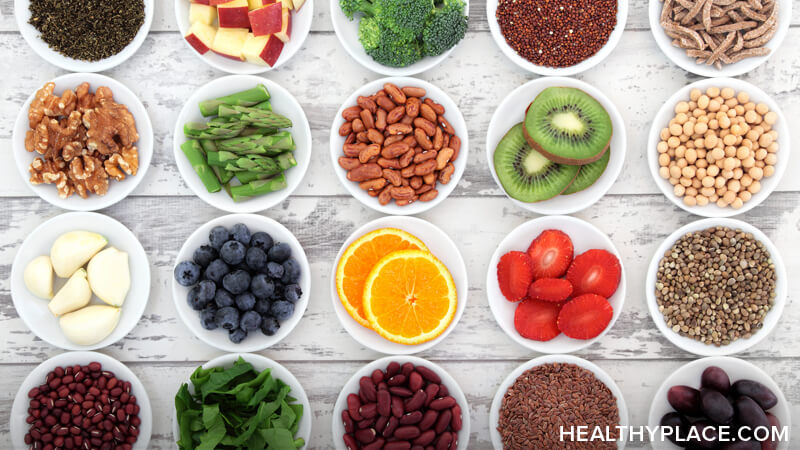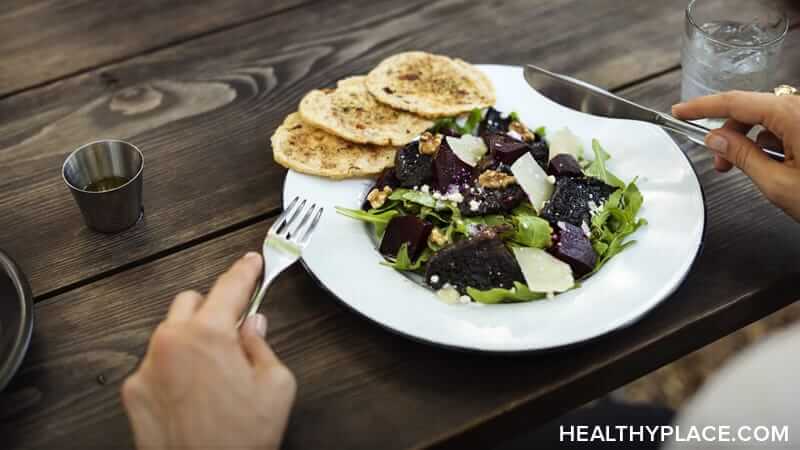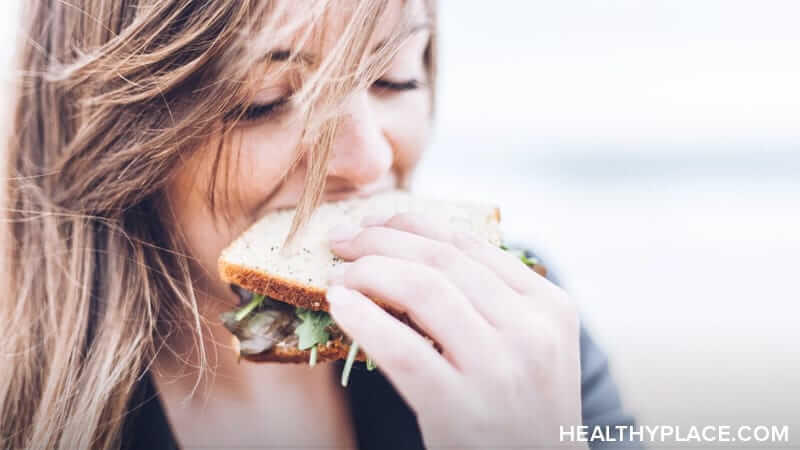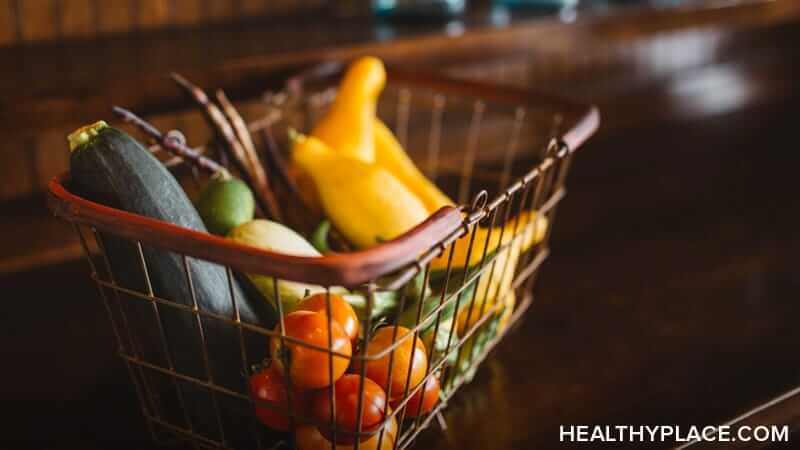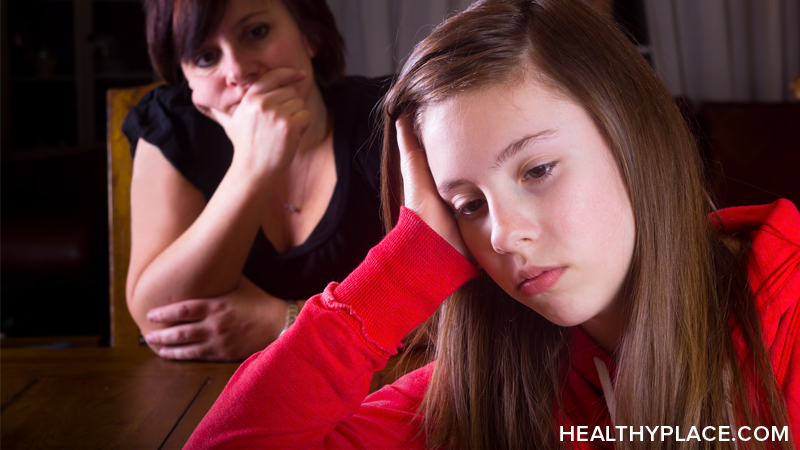What Is Sexual Addiction?
Sexual addiction is a wide-spread problem that is now better understood, and can be effectively treated.
- Some History And Data
- Some Characteristics of Sex Addiction
- How It Begins
- Different Forms of Sex Addiction
- Sex and Love Addiction
- Sex Addiction and The Internet
- What Happens Without Help
- If You Are Serious About Starting To Get Help
- If You Are a Spouse or Partner of a Sex Addict
Sexual addiction is rapidly becoming recognized as a major social problem with similarities more well-known to alcohol and drug addiction or compulsive gambling. We are becoming accustomed to hearing about sexual scandals in our communities, in the workplace, in churches and schools, even in the White House, involving those in which we place our trust. And sometimes we experience shocking sexual discoveries in our own families, involving people we know personally. Many of these situations are better understood if we have some knowledge about sexual addiction.
Some History and Data
As a condition, sexual addiction has been around apparently going back as far as we have recorded history. However, it has only been in the last two or three decades that a clearer understanding of it is being reached and inroads begun into effectively treating it.
Starting in the late 1970's a psychologist and researcher, Patrick Carnes, Ph.D., was instrumental in the initial identification and treatment of sexual addiction as a condition. He is also responsible for getting accurate information about it into the hands of professionals as well as the public through numerous national lectures and educational TV appearances, and recently by answering questions about it in an AOL chat room on the Internet. Among the books he has written on the subject are Out of the Shadows: Understanding Sexual Addiction, and Don't Call It Love: Recovery from Sexual Addiction, which are excellent sources for learning in more detail about sexual addiction.
Dr. Carnes describes how sexually addicted individuals have become addicted to the neurochemical changes that take place in the body during sexual behavior, much as a drug addict becomes hooked on the effects of smoking "crack" cocaine or "shooting" heroin. This is not to say that expression of ourselves as sexual beings, an intensely pleasurable, life-enhancing experience for the majority of the population, is an inherently addictive reality. As Carnes states, "Contrary to enjoying sex as a self-affirming source of physical pleasure, the sex addict has learned to rely on sex for comfort from pain, for nurturing or relief from stress," comparable to the alcoholic's purposeful use of alcohol.
Based on a 10-year research study of 1500 sexual addicts, Carnes has estimated that about 8% of the total population of men in the US are sexually addicted, and about 3% of women. That translates into over 15 million women and men who suffer from this problem.
In the two decades since Dr. Carnes' first book, a lot is now known about sexual addiction. Many others are dispensing information through books, tapes, TV, etc., and slowly specialized help for those who suffer from this condition is growing. However, the general public, the media, and treatment professionals are often still uneducated or misinformed.
Some Characteristics of Sex Addiction
The sex is shameful. The addict feels shame about what he or she is doing, or more accurately, about what he or she has done, usually immediately after engaging in sex acts that violate some of the person's standards. Or the shame may be denied by calling it normal for "a real man," or by focusing on others: "She wanted it," or by engaging in it again right away so the shame is exchanged for pleasure. Thus a married man may feel remorse after having sex with his best friend's wife, rationalize that his friend wasn't sexually satisfying her, and avoid going to bed with his own wife afterward by staying up and masturbating while watching a movie on the sex channel.
The sex is secret. The sex addict more and more comes to live a double life--perhaps well-known, respected and admired in his visible life but secretly engaging regularly in sexual acts that would be shocking to those who know and love him. So a sexually addicted minister could be revered on Sunday morning for preaching on the sinfulness of adultery and fornication and then engage in those behaviors himself at a modeling studio or adult bookstore on Monday afternoon, having told the church staff or his family a lie about his whereabouts. Or a gay man might tell his relationship partner that he is going to visit a friend but goes to a park to cruise for anonymous sex instead.
The sexual behavior is abusive. It violates someone else's choice or exceeds their understanding. There is the man who manipulates or coerces his date into being sexual with him; the woman in a partially unbuttoned blouse who bends down toward an unsuspecting male coworker and "accidentally" exposes her whole breast; or the man who seeks out crowded shopping malls so he can meander among the throng to "cop a feel." Or adult men and women who manipulate the trust of children and abuse their power over them by tricking them into performing sexual acts with them. This is exemplified by the teacher who becomes sexual with a student, a scandal we've seen recently in the news, or the neighbor who hires a boy to mow the lawn and then invites the child inside and lures him into sex. The sex may also be abusive to the sex addict him or herself, such as masturbating to the point of physical injury or cutting or pinching oneself for sexual arousal.
How It Begins
The beginnings of sexual addiction are usually rooted in adolescence or childhood. For starters, the child often grows up in a chaotic, hostile or neglectful home. Or, the family may have been very normal otherwise, but the child grows up emotionally starved for love because affection is rarely expressed. The child may turn repeatedly to masturbation to escape the parents' violent arguments, for instance, or to make up for an unconscious lack of attention or affection. Masturbation can be a normal and natural part of childhood, but for the lonely, abused or rejected child can become a regular sedative, much like marijuana, to hide the inner pain. Later, someone's pornography collection discovered at home, or discarded porn magazines retrieved from a dumpster may be found to heighten the feelings of masturbating. And then a life-long pattern of masturbating to pornographic images is set into motion. Gradually sex becomes a replacement for other things, a convenient act to turn to in times of any kind of need, from escaping boredom to feeling anxious, to being able to go to sleep at night.
Or, the child may be introduced to sex in inappropriate ways. Instead of the normal sexual experimentation that often takes place out of curiosity between similar aged children at some point growing up, some children are introduced to sex by some adult who uses them instead of another adult for their sexual pleasure. Or the person introducing the child to sexual experiences may be another child who is five or more years older, an older cousin, babysitter, etc., where the sexual experience doesn't feel mutual. In these experiences there often is a combination of natural curiosity, newfound pleasurable feelings and the feelings of fear or shame. The fear and shame may be increased by threats made by the older person to gain the child's cooperation or to prevent the child from telling anyone about it).
A pattern may be established of seeking out similar experiences throughout the person's life where there is a combination of sexual pleasure and fear or shame. When the child grows up he may be turned on by sex in high risk situations that unconsciously generate fear or in secretive circumstances that feed on shame. He becomes addicted to seeking these highs. (It is interesting to note that the research of Dr. Patrick Carnes, the leading authority on sexual addiction, has led him to estimate that about 60% of adult sex addicts were sexually abused by someone during their childhood.)
Different Forms of Sex Addiction
Sexual addiction can take many different forms. The addict may be addicted primarily to one behavior, such as sex with a prostitute, but generally uses a variety of sexual behaviors. For example, consider the salesman who might watch the dancers at a topless bar over a business lunch, have sex with a prostitute from an escort service in his hotel room one night while on a business trip, return home and have sex with his wife while fantasizing about the sexual massage he got last month, and masturbate while viewing pornographic images on the Internet at one a.m. two days later. The list of the forms of sexual addiction would be exhaustive and increases with addicts' need to find new ways of finding sexual thrills.
Here are some of the more usual forms of sexual addiction. While at some time in their lives some people who are not sex addicts may engage in one or more of the behaviors listed below, it becomes sexual addiction when there is an irresistible need to repeat the behaviors and habits are developed around them.
- Compulsive masturbation--accompanied by mental images or thoughts about sex, or while viewing sexual images on the TV or computer screen or while looking at pornographic publications (or even while looking at non-sexual material, such as underwear or swimwear ads).
- Compulsive sex with prostitutes--this can be with female or male prostitutes or transvestites (transvestites are usually men dressed as sexy women) at their place of business or dispatched to your location or picked up on the street.
- Anonymous sex with multiple partners, "one night stands" picked up at bars, or sex with strangers in parks or restrooms, or sex in any number of anonymous situations, where sex is the object and no relationship is established with the person.
- Multiple affairs outside a committed relationship, or serial relationships (one after the other).
- Frequent patronizing of topless bars, modeling studios, sexually-oriented tanning salons, adult bookstores or sexual massage establishments.
- Habitual exhibitionism--exposing one's private body parts to unsuspecting onlookers, either directly (by removing or opening clothing) or indirectly through skimpy or revealing clothing. An example is the man who sits in his car with his fly unzipped and begins masturbating when someone appealing to him walks by.
- Habitual voyeurism--the so-called "peeping Tom," who finds sexual excitement in forbidden secret looks into other people's privacy. Examples are: looking into a neighbor's bathroom or bedroom window in hopes of seeing someone disrobed, peering up shorts or skirts on the sligh, or looking through "glory holes" in restroom walls (strategically located holes in walls separating urinal or toilet stalls).
- Inappropriate sexual touching--touching someone for sexual excitement in a manner that attempts to appear accidental, such as "accidentally" brushing up against another person's breast or genitals in a crowd. Repeated sexual abuse of children--an adult who engages children in sexual activity, or an older child who engages much younger children sexually.
- Episodes of rape--forcing another person to be sexual against his or her will, like the obvious assaultive rape by strangers one hears about in the media, or the more subtle form perpetrated by someone known to the victim (often called "date rape").
Sex and Love Addiction
A distinction has been made between sex addiction and what is referred to as sex and love addiction. The latter has to do with an addictive pattern of establishing love relationships with specific people, where the person and the relationship, as well as sex with the person, are all part of the appeal to the addict. While these same elements are normal in a healthy love relationship, sex and love addicts can never find fulfillment and permanence in any of the love relationships they begin. They keep seeking satisfaction in another relationship but find it empty, demanding or anxiety-provoking instead.
Sex and love addicts may have several love relationships with different people going on at the same time or they may pass serially from one to the next, leaving each when the initial "love high" wears off. Or they may have a major love relationship, such as a marriage, complete with home, children and other signs of permanence, but keep returning periodically to one or more former relationships or create secret relationships with new people.
Sex addiction, by contrast, usually is a preoccupation with sexual arousal and sexual release which often has little to do with who the person is and requires no relationship. On the contrary, to the sex addict, what counts is the charge he or she gets from the image, whether it's a stranger spotted in a car or on a street corner, or stimulating body parts, an erotic picture, or the addict's own fantasy.
Then there are many who exhibit the characteristics of both a sex addict and a sex and love addict. Regardless of how it manifests, however, the addiction progresses in much the same way, always leaving a trail of problems and losses. And, by the same token, the solution to whatever form the addiction takes, the work to be done to change the behavior, is quite similar.
Sex Addiction and The Internet
The Internet has become the newest, most rapidly growing form of sexual acting out for many sex addicts today. A lot of sex addicts have added computer sex to their repertoire, as it fills a need for "more, easier and better." For the cybersex addict, increasing amounts of time are spent "surfing," downloading, creating files, masturbating, reading information posted on sexual bulletin boards, exchanging sexual information live with others in sexual chat rooms or via computer cameras, or directing their own live sex shows on interactive sites--in short, looking for what's new, what's better than last time. The Internet just happens to provide many of the things sex addicts seek, all in one place: isolation, secrecy, fantasy material, endless variety, around-the-clock availability, instant accessibility and a rapid means of returning, low or no cost. (The cost factor can change, however, if the sex addict keeps charging view-for-pay services on the internet, such as live interaction with performers who follow the customer's instructions for engaging in all kinds of prescribed sex acts that the customer can watch and masturbate to.)
Since one of the characteristics of sexual addiction is that it is progressive--that is, the habitual behaviors progressively become more frequent, varied and extreme, with more frequent and extreme consequences--sex addicts on the Internet often experience a rapid progression of their addiction. The new sexual thrills lead to spending huge amounts of time, moving more quickly into more extreme behaviors, taking greater risks, and getting caught more frequently. Thus, internet sex has been referred to as the "crack cocaine" of sex addiction. Actually, the sped-up progression of the sex addict's problem via the internet can turn into a blessing, since it can move the addict into the consequences more quickly that can cause him or her to get help.
What Happens Without Help
Another feature of sexual addiction is that it is progressive. It rarely gets better. Over time it gets more frequent, more extreme, or both. At times when the addiction seems under control, the addict is merely engaging in one of the common traits of the disease process in which he switches from sexual release to the control of it. The control phase inevitably breaks down over time, whether it be in an hour, a week, a month or a year or five years, and the addict is back in the behavior again despite his promise to himself or others never to do it again. When the ecstasy of the release is spent, the addict will often feel remorse at his failure and with great resolve will switch back to another "white knuckle" period of abstaining from the behavior until his resolve weakens again. Without help, this is the way the sexually addicted person lives his or her life.
If You Are Serious About Starting to Get Help
If you have related to the information presented in the foregoing and would like to know about professional help available, click here for treatment information. Or if you would like to check out yourself if you fit some of the specific criteria of sex addiction, click here for a sexual addiction self-test. If you would like to know about free 12-step programs for sex addicts that may be available near you, click here. You will probably find answers to your questions by reading these sections carefully.
If You Are a Spouse or Partner of a Sex Addict
If you are in relationship with someone you think is sexually addicted, your efforts to help may be actually adding to the problem rather than achieving the results you desire. Sex addicts usually wind up in relationships with partners who unconsciously fit right into the addictive patterns. For example, typically the sex addict keeps on returning again and again to the sexually addictive behaviors and the partner accepts what is going on, or overlooks clues that would suggest something is wrong, or threatens to leave but doesn't (or leaves and returns when the addict promises to change, only to learn later the addict did not stop), or takes responsibility for trying to control the addict's behavior. None of these strategies work and actually add to the problem. What the partner has to realize is that she or he needs help too in order to get out of her or his own addictive habits. The partner will need to learn how to stop enabling the sex addict and how to focus on her/himself, and how to take stands or draw boundaries that actually work. If you would like to learn more about the process partners experience and what to do about the situation, click here for partners of sex addicts. You will probably find answers to your questions by reading these sections carefully.
APA Reference
Staff, H.
(2021, December 30). What Is Sexual Addiction?, HealthyPlace. Retrieved
on 2025, October 27 from https://www.healthyplace.com/sex/sexual-addiction/what-is-sexual-addiction
